Finally, Firefox smartphone now arrives in India. Though Mozilla’s Firefox OS as a smartphone operating system has had a negligible impact on the market, but all that could change very soon as the first Firefox smartphone has been announced for India. The Spice Fire One has predictable low-end specifications and a greatly attractive price tag of Rs 2,299.
Though iOS, Android and Windows Phone remain the leading mobile OSes (sorry, BlackBerry), there are relatively smaller players still trying to win newer audiences as a smartphone-first world takes shape.
After Mozilla’s Firefox OS, Finnish firm Jolla’s Sailfish OS is all set to enter the Indian market in the next couple of months. And there are plans for Ubuntu OS and Samsung’s Tizen too. Let’s take a quick look at some of these mobile OS alternatives.
Sailfish OS
Sailfish OS comes from ex-developers of the cult-favourite Meego operating system. The ex-developers formed their own company, dubbed Jolla, after being laid off from Nokia. A few months later, we had our first look at what they’ve been working on behind the scenes. Now, the Jolla Sailfish device is all set to enter the Indian market. It is already available in Europe for $546 (approximately Rs 32,900), but there is no word on the pricing here. The company had always been open about its plan to expand to other regions like Russia and Asia.
The design of the UI is best explained by the developers. It isn’t about single views. The UI, as the developers describe, is all about verticality. The home screen has nine large rectangles, similar to an elongated tic-tac-toe board. These are filled with up to nine of your open apps, so you can instantly get to any one. In fact certain actions can be performed right through this grid. The OS will be able to seamlessly switch between “screens” by using gestures. These gestures can be cancelled to simply get a look at the homescreen while continuing using whatever app you were using in the first place. Again, Jolla has opted for a gesture-based interface instead of having on-screen buttons like Android.
You can tap to open an app, but what’s neat is you can reach a task directly by pressing gently on the rectangle and dragging your finger. For the mail app, drag from the left to create a new message, or drag from the right to refresh messages. For the phone app, drag from the left to get the dialer, or drag from the right to get your list of contacts.
This saves time once you get used to the gestures. To close an app, you can swipe down from the top edge like a window shade. If you’re already on the home screen, swipe down to lock the phone.
Swipe from the left or the right edge within an app to get the home screen. Do that from the home screen to change background, ring tones and other settings. Or if you replace your phone’s back cover with a customised The Other Half cover, you get special content.
Sailfish OS will have a multitasking implementation similar to what we’ve seen in BlackBerry 10. The currently-running apps will be shown in a grid-styled interface that shows the whole window of the running app. The OS will have compatibility with Android apps thanks to the built-in Alien Dalvik layer from Myriad Group, better known for running Android apps on the Nokia N9. The Sailfish OS will also have API-level compatibility with Ubuntu apps.
Last year in August, Jolla has now closed the first batch of orders before the general release of the Sailfish OS-sporting smartphone. The phone has a 4.5-inch display, a Snapdragon 400 dual-core processor clocked at 1.4 GHz, Adreno 305 for the graphics, 1GB of RAM and 16GB of internal memory. Users will also have the option for microSD card expansion, if needed. For the photographers, the smartphone is equipped with an 8 megapixel shooter on the back with LED flash and a 2 megapixel front-facing camera. Keeping the smartphone alive is a 2,100mAh user-replaceable battery, which Jolla claims can give 9-10 hours of talk time and 500 hours on standby.
Firefox OS
Mozilla Corporation’s Firefox mobile OS is aimed at lower-end devices that will be released in emerging markets, rather than high-end OSes like Ubuntu mobile. The most recent reports reveal the company’s plans to enter the Indian market. The company is hoping to use Firefox OS to completely replace feature phones. All of the software on the OS is based on HTML5 and JavaScript. This essentially means that the phones running on the OS can run any web apps as long as they were created using those languages.
When launched in Latin America and some European markets in July 2013, Firefox OS smartphones sold about one million units, said company COO and Mozilla Taiwan CEO Gong Li. Mozilla could partner with only one or two telecom operators in launch countries which brought a relatively lukewarm response towards these ultra-cheap smartphones. However, it expects to meet a different fate in India as Mozilla is seeking cooperation with more than 10 retail chains in India.
The OS has been specifically designed to run smoothly on low-end and low-cost hardware, so as to improve smartphone usage numbers in emerging markets. The interface itself should be quite familiar to Android and iOS users. It has typical rows and columns of icons with a dock on the bottom of the screen having four of your most-used apps. It also has a notification centre. Since the OS will be launched in emerging markets where people pay for their data plans by the megabyte, the apps being based on HTML5 means the overall app sizes will be much lower than usual.
Now, the catch is you need an Internet connection to use apps that aren’t on your phone, but many apps need that access anyway to refresh news, social networks or restaurant guides. Firefox OS also has a universal search for all content on the phone and online.
There’s another neat feature coming to Firefox OS. Swipe from the left side of the screen to flip through recent apps one by one, just like hitting the back button on a Web browser.
Currently, companies like ZTE, Geeksphone and Alcatel are developing and, in some cases, selling smartphones based on Firefox OS. The two initial Firefox phones —Keon and Peak by Geeksphone – seemed to have been aimed towards developers more than consumers. Moreover, ever since the Geeksphone devices actually went up for sale, they have been out of stock. In Idnia, Spice has announced its all new Fire One running Firefox OS for Rs 2,299.
Ubuntu mobile
Ubuntu mobile carries forward the same general look-and-feel that can be seen in the desktop version of the OS. Interestingly, it opts for a completely button-less interface, with most, if not all, actions being based on gestures. A swipe to the right will show you the launcher (Unity, the same as the desktop version), while a swipe to the left will open the last-opened app.
App development on Ubuntu mobile is based on HTML5 and QML. HTML5 will be a simple way to port desktop web apps to Ubuntu mobile. The QML toolkit will allow developers to make more powerful native apps for the operating system.
Interestingly enough, since both Ubuntu and (to some extent) Android are based on Linux, early test builds have been released for some Nexus smartphones. This heavily hints towards the idea that users will be able to install the OS on any Android-based smartphone as long as the hardware’s architecture isn’t too radically different. Canonical has straight out told OEMs that this is possible, but whether it’s possible for regular consumers is currently unknown.
Canonical had kicked off a crowdfunding campaign for a smartphone, dubbed the Ubuntu Edge, that started off well, but eventually ended up as the most successful failed campaign on the website. The Ubuntu smartphone will be able to dual-boot on both Android as well as the open-source Ubuntu Mobile operating system. The handset is quite powerful, judging by the predicted specifications. Especially worth nothing is the “at least” 4GB of RAM and the “fastest available multi-core processor” that will power the handset.
Currently, there are quite a few carriers that are supporting Ubuntu mobile, all of which are part of the Carrier Advisory Group for the OS. These carriers include Deutsche Telekom, China Unicom, SK Telecom, Verizon and SK Telecom, among others. However, no official devices have been announced, which takes away a lot of sheen from Canonical’s efforts.
Tizen
Tizen is the product of Intel and Samsung joining hands to create an open-source operating system, but this one too has its roots in Meego. It has a lot of things in common with pre-existing operating systems, such as homescreens for apps and widgets, a pull-down notification centre. Samsung’s hand is quite evident even by simply looking at the interface, which is identical at times to TouchWiz on their Android phones. The camera app looks almost identical to the one found in Samsung’s Androids.
As an open source OS, Tizen is founded on the same principles as Android. Having a new OS to fall back on, makes Samsung less dependent on any one platform, in particular Android. And as far as manufacturing phones is concerned, Samsung will not face many issues as it is currently the world’s largest phone maker.
Tizen has faced a ton of delays so far, and many are going as far as proclaiming the OS dead before it even hit shelves.
But Samsung did launch the Z, a smartphone with a 4.8-inch HD (720p) Super AMOLED display, which sounds to us to be the same one used in the Galaxy S3. The smartphone comes with 2.3 GHz quad-core processor, though we will hear more about the graphics side of things at the event soon. The Samsung Z hosts a 8MP camera on the back, and a 2.1MP front camera which also feature many presets seen in Samsung’s Android phones such as Mini mode, Quick shot, Best Photo, Drama Shot and Panorama mode. The smartphone sports 2GB RAM with an internal memory of 16GB which is expandable up to 64GB through the microSD slot.
Since it runs Tizen, the Samsung Z features a distinctive home and application layout. Using Dynamic Box and Color Theme settings, users can tailor their device to what suits them best. The app drawer seems to have been ditched with an iPhone-like all icons on the homescreen approach. In terms of design, the Z has squared-off edges, which remind us of some of the company’s Bada-based phones. The back cover has the same faux-leather design popularised by the Galaxy Note 3 last year. The phone will be available in gold, as well as dark grey colours.
The OS has support for both native as well as web apps. Meanwhile, we also saw Samsung launch a series of smartwatches running the Tizen OS
So those are the new contenders in the OS battle. It will be no easy task unsettling Android, the world leader, or iOS, the second-ranked mobile OS. But those who have tired of the familiar three-way battle of mobile OSes, finally have a bunch of new options coming along.

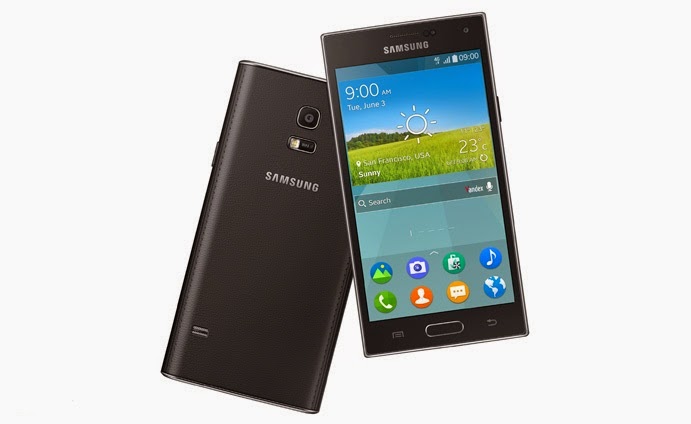
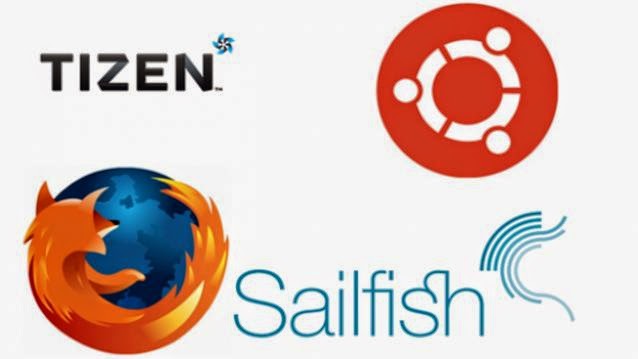
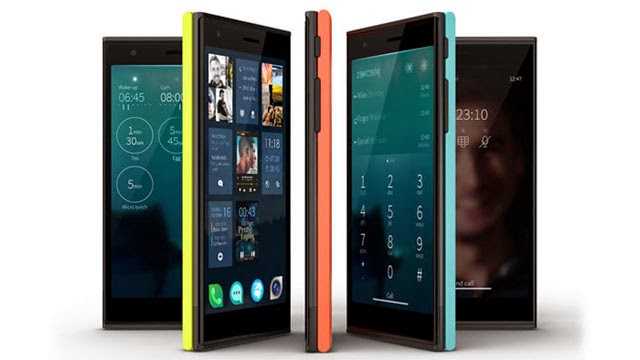
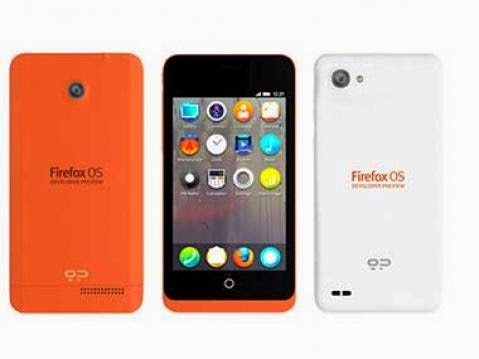
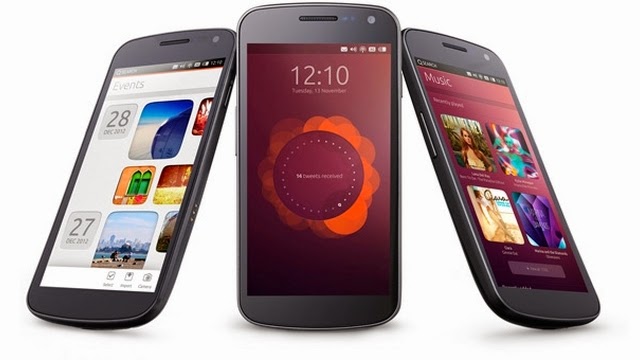





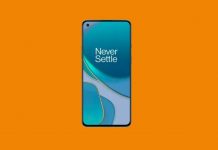


![Samsung Galaxy M15 Stock Wallpapers [Full HD+] are Available for Download Samsung Galaxy M15 Stock Wallpapers [Full HD+] are Available for Download](https://www.techfoogle.com/wp-content/uploads/2024/04/Samsung-Galaxy-M15-Stock-Wallpapers-Full-HD-are-Available-for-Download-100x70.jpg)


